With so much to gain from a bright and vibrant smile, it’s no wonder millions of people around the globe are looking for whiter teeth.
Not only does a gleaming smile make a difference with first impressions and how others perceive us, the ability to chat closely, laugh freely and beam broadly can be a big boost to one’s self-esteem.
Unfortunately, the pearly whites that make their debut in childhood are unlikely to retain their sparkle with age. Teeth are naturally an off-white colour, with most adult teeth sporting a slight yellowish tint, while others have shades of brown or gray.
Why Do Teeth become Yellow and Dark?
Teeth get most of their colour from the underlying dentine. The outside of the teeth are covered by enamel and this layer has almost no colour to it at all. It looks more like frosted glass. The dentine underneath is what gives teeth their natural colour.
As time goes on, our teeth get darker as we age. There are many reasons for tooth discoloration. Some of it is surface staining by things such as smoking, coffee and tea. In most cases, it’s a combination of the dentine layer becoming “thicker” and denser in colour, and the enamel wearing on the surface of the tooth. As the enamel wears the dentin shows through more and as a result, the tooth looks darker even if the dentin hasn’t changed at all.
Taking Action On Stained Teeth
The effectiveness of a particular product largely depends on the task at hand. If it seems the problem is more along the line of minor troublesome stains, surface-whitening products may be the best course of action. These come in the form of toothpastes and chewing gums.
The one thing to be careful of is many of these “whitening” toothpastes contain more aggressive abrasives to remove surface stains. But when used over long periods of time, they can wear away the enamel. Although all toothpastes contain an abrasive, some are much harsher than others. Many comparison studies have been done on toothpastes and various guides are out there on how to buy the right kind of toothpaste.
Alternatively, a visit to your local dentist will help considerably. They can determine how much of your tooth colour is due to surface stain. If so, your dentist or hygienist can remove the stains, often with a very low abrasive flour of pumice or another polishing agent.
Teeth Whitening Products
However, when the problem is larger than just a few bothersome stains, consumers may need to look to something different. Unlike surface whiteners/stain removers, most “bleach” products contain either a hydrogen peroxide or carbamide peroxide as the active ingredient. With this option, the peroxide works on the surface and the dentin layer of the tooth underneath the enamel.
Whitening products used to only be available from a dentist but a number of companies have come up with products you can buy and use straight off the shelf. Today, there are basically three different methods to whiten your teeth with peroxide-based systems.
- Buy a product off the shelf,
- Have custom trays fitted to our teeth by a dentist and obtain the whitening agent from them, and
- Have teeth whitening done in office as a single visit procedure.
In all cases the active ingredients are still peroxides, the difference is the concentration. Off-the-shelf products are typically 10-12%, professional agents supplied with custom fitted trays are 15-17% and in office/one visit procedures use 25-28%. As you can imagine the stronger agents will whiten your teeth faster and more effectively.
So the drawback of using a store bought system is it might take more applications or it might not be strong enough to whiten your teeth.
Ease of Use
Most store bought systems come in the form of whitening strips but there are also whitening pens and trays. Strips have a teeth whitening gel on the side that is applied to the teeth. The strips are placed along the gumline, gently pressed into place and worn for a specified amount of time (anywhere from 30-90 minutes) one to two times a day. The strips are clear and thin – making them less noticeable and awkward to wear – and are simply discarded after use.
Teeth whitening ‘paints’ are applied with a brush or pen-like applicator. Each tooth is coated with a thin layer of whitening gel, which stays on the enamel instead of being rinsed or brushed off.
Trays, on the other hand, are a mould that fit around the teeth, and can come pre-filled with a whitening gel. The gel may also be included separately for the user to dispense the appropriate amount as needed. Trays often take longer to work, meaning they may need to be worn for hours at a time – possibly even overnight.
Directions also differ among products and manufacturers, but most often, eating and drinking should be avoided during and for some time after whitening. As a result, consumers have to be mindful about the time of day they start the whitening process – a consideration that isn’t necessary for surface whiteners in toothpastes, rinses and chewing gums.
Real Results
Home teeth whitening products have shown promising outcomes, giving users a fresh, clean-looking smile for a reasonable price and minimal effort.
However, the effect is not permanent, and many users find themselves repeating treatments in order to maintain the desired result.
Product guarantees vary among the many whitening kits on the market, but results generally last for about six months.
Consumers should be cautious when reading promises printed on the box, as they may not be as convincing as expected. According to the CDA, while tooth-whitening claims must be accurate so as not to be misleading, Health Canada tolerates some “puffery” or “exaggeration.”
Safe Practices With Teeth Whitening Products
When considering the ingredients in teeth whitening products, it’s easy to see why some may be left feeling slightly unsettled.
Provided you use them as directed tooth whitening products do not harm your teeth and is based on clinical studies. There has been no scientific information to support concerns about adverse effects on tooth structure, enamel hardness and tooth decay. In fact, peroxides were tested for their effectiveness in treating gum disease many years ago. They found it did not work very well, partly due to patient compliance. But they discovered another unexpected usefulness – teeth become whiter when exposed to peroxides.
Some people may have tooth sensitivity or soft-tissue irritation especially if they have a lot of gum recession or sensitive teeth, to begin with. These effects are usually just temporary.
While Health Canada continues to examine peer-reviewed, scientific studies and manufacturers’ safety data – as well as test products that show a pattern of adverse reactions – it notes that the safety of a cosmetic product is ultimately the responsibility of the manufacturer. This is why it’s important to follow instructions and warnings. It’s equally important not to use a product for more than two weeks or more often than every six months without first consulting a dentist.
Final Considerations and Final Word
While there are many products that can make teeth glisten, a white smile doesn’t necessarily mean a healthy one. That’s because teeth whitening products are not substitutes for regular dental checkups and cleanings. While some products can give the appearance of clean teeth, they do not treat the numerous oral issues a dentist alone can address.
Additionally, teeth whitening may not even be effective for all stains and discolourations. In fact, they only work on natural teeth and will not produce results on caps, crowns, veneers or fillings. Whitening agents work best on teeth with a yellow hue. Teeth that are generally gray or brown in shade do not whiten as well or easily. Teeth discoloured from tetracycline stains will also not whiten easily. And if you have many spots, stained crack/craze lines then your teeth will not whiten very well as these lines or spots will become exaggerated as you whiten your teeth.
Lastly, some of my patients ask me about store-bought systems versus what we can provide. If they look like they would be a good candidate, then I suggest buying one kit and trying it out for the sake of saving some costs. However, if after a few sessions your teeth do not whiten significantly then there probably is no value in repeating it. You may need either a stronger agent/method or some other form of cosmetic service.
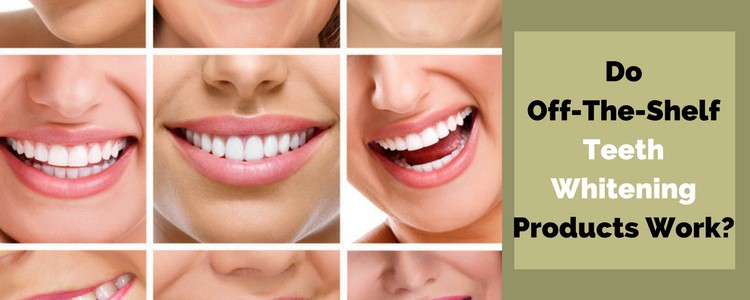


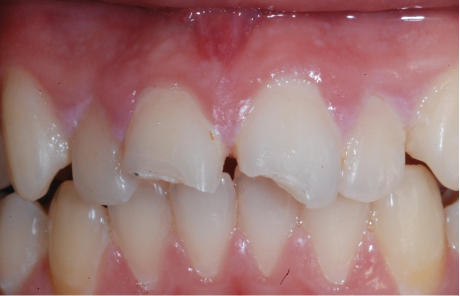


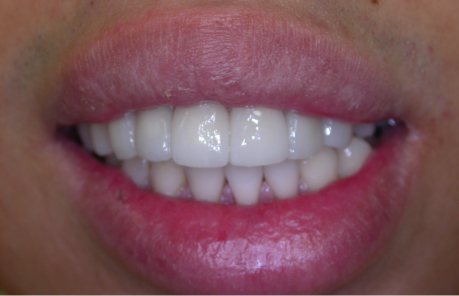

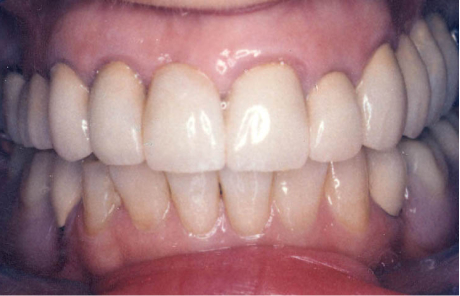
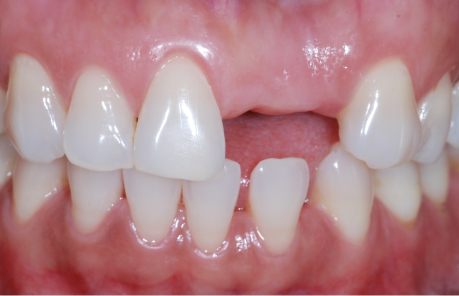
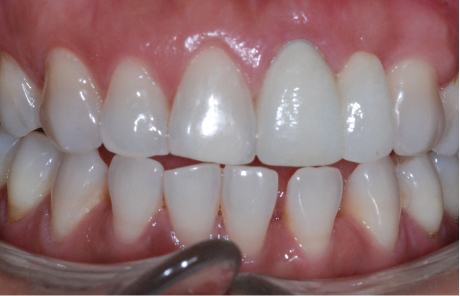


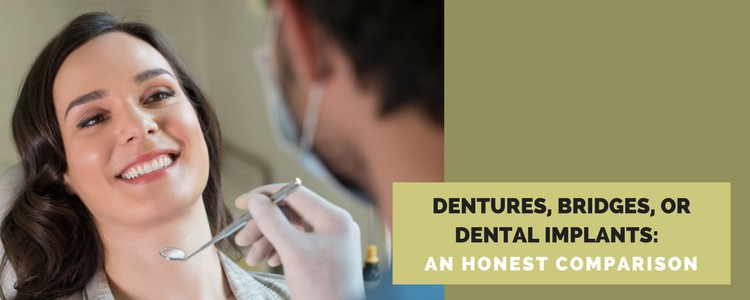



1 thought on “Do Off-The-Shelf Teeth Whitening Products Work?”
I liked that you explained that a white smile doesn’t necessarily mean a healthy one and that teeth whitening doesn’t replace the need for routine check-ups. I would imagine that dentists that perform cosmetic work would be able to whiten your teeth in the safest manner. I would be sure to ask my dentist to help whiten my teeth before trying to do it myself so that I could ensure proper care and maintenance.